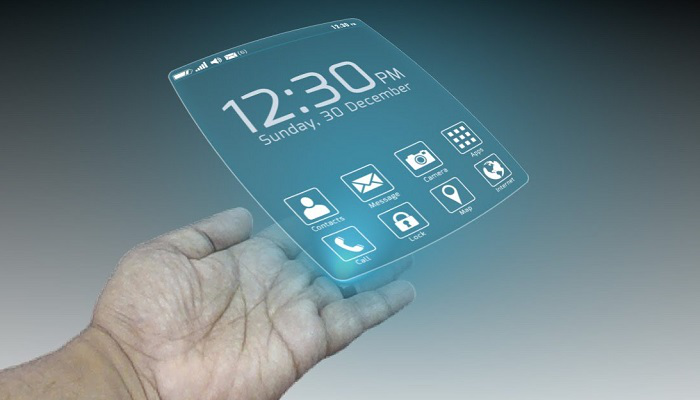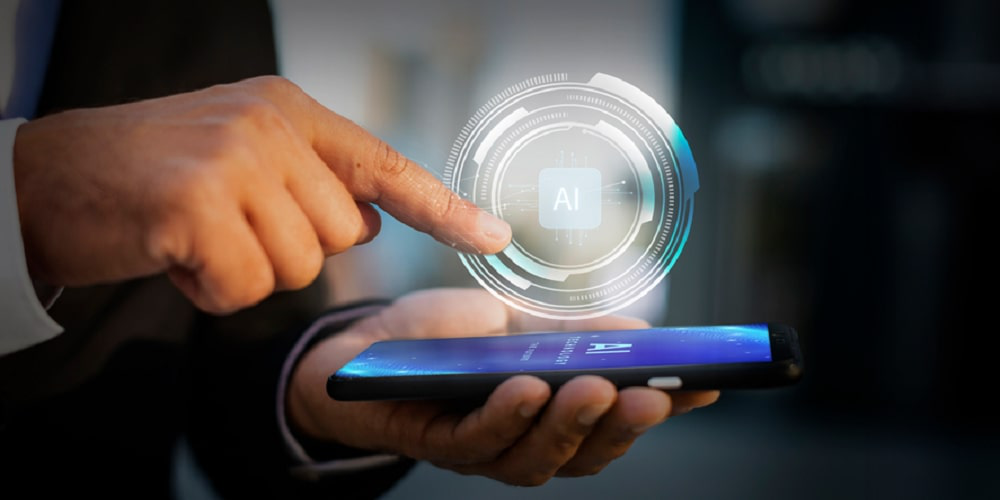Stages of Smartphone Development

Smartphones have become an integral part of our everyday lives, having come a long way in their evolution from simple phones to powerful mini-computers. The first mobile phones, which appeared in the 1980s, were large and bulky devices designed exclusively for voice communication. As technology developed, they became more compact and functional. In the 1990s, the first models with the ability to send text messages (SMS) appeared, which was the first step towards the creation of modern smartphones.
The Birth of Smartphones: 2000s
A real revolution occurred in the early 2000s with the advent of the first smartphones. These devices combined the functions of a phone and a pocket computer. One of the first significant models was the BlackBerry, which offered users access to email, calendar, and the Internet.
In 2007, Apple introduced the first iPhone, which changed the mobile device market. The iPhone offered an intuitive interface, a large touch screen, and access to an app store, making smartphones convenient and multifunctional.
Smartphone Evolution: 2010s
In the 2010s, smartphones continued to evolve, becoming more powerful and functional. Key trends during this period include:
- Increasing Processor Power: Modern smartphones are equipped with powerful multi-core processors that allow you to perform complex tasks and run demanding applications.
- Improving Cameras: Smartphones have become the main tool for taking photos and recording videos. Modern models are equipped with high-resolution cameras, a variety of shooting modes, and artificial intelligence features to improve image quality.
- Expanding Connectivity: Support for 4G and Wi-Fi networks has allowed for faster Internet access and improved connection quality.
- Integration of Biometric Technologies: Fingerprint sensors and facial recognition systems have provided a high level of security and ease of use.

Smartphones today: mini-computers in your pocket
Modern smartphones are full-fledged mini-computers capable of performing a wide range of tasks. They are used for communication, work, entertainment, smart home management and much more. Smartphones today have the following key characteristics:
- High performance: Powerful processors, significant amounts of RAM and fast internal memory allow you to run resource-intensive applications and games.
- Extensive multimedia capabilities: Smartphones support high-resolution video playback, music streaming and other multimedia content.
- Multifunctionality: Smartphones combine the functions of phones, cameras, computers, gaming consoles and other devices.
- Innovative technologies: 5G support, artificial intelligence, augmented reality (AR) and virtual reality (VR) open up new possibilities for users.
The future of smartphones
As technology develops, smartphones will continue to evolve. Key areas of future development include:
- Development of 5G technologies: Fifth-generation networks will provide even higher data transfer speeds and improved connection quality, which will open up new possibilities for mobile applications and services.
- Integration of artificial intelligence: AI will become an even more important component of smartphones, improving functionality and adapting to user needs.
- Development of augmented and virtual reality technologies: Smartphones will play a key role in the development of AR and VR, offering new ways to interact with the digital world.
- Improved autonomy: New battery technologies and energy-saving solutions will allow smartphones to operate longer without recharging.
The evolution of smartphones from simple phones to powerful mini-computers shows how quickly technology is developing and how it affects our daily lives. In the future, we can expect even more innovations that will make smartphones even more functional and convenient.
